Equipment
Everything you need to know about TaylorMade’s new GAPR Lo, Mid and Hi clubs
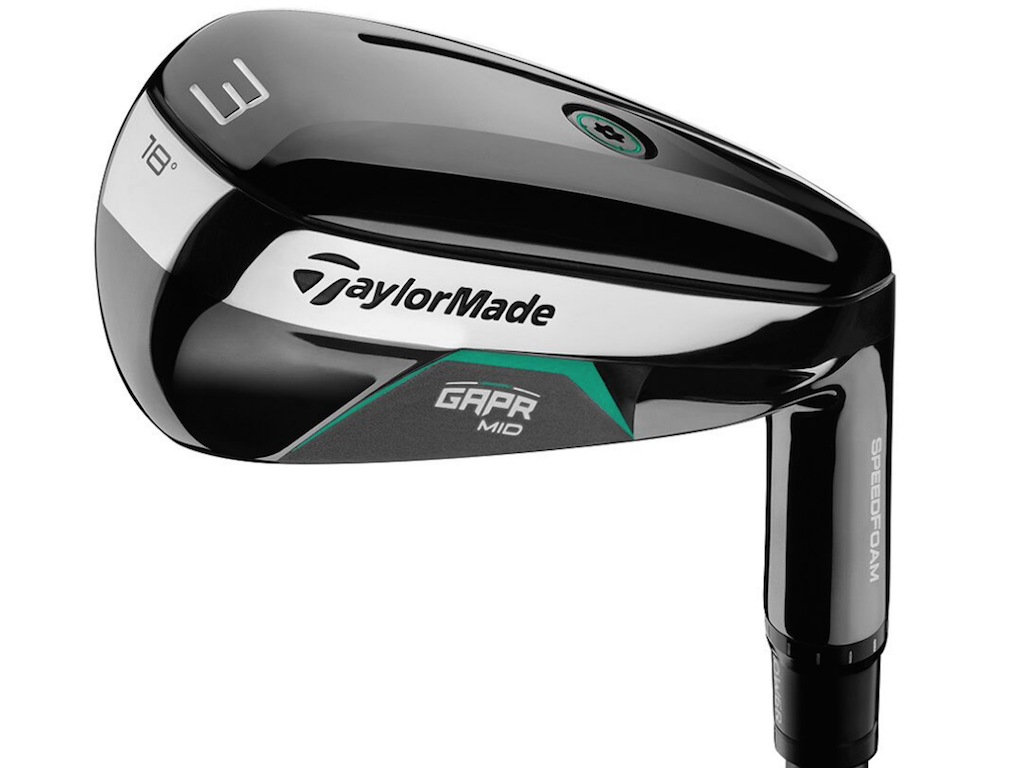
The Golden Years of wood-style hybrids and hybrid innovation in the marketplace are over, Tomo Bystedt, the Senior Director of Product Creation for TaylorMade, told GolfWRX.
Based on data collected from the company’s myRoundPro app and TrackMan data from its fitting facility, called “The Kingdom,” Bystedt says TaylorMade has found that most golfers are “not very good” with irons higher than a 5-iron, and while some hit the 3 wood very well, they struggle with 5/7/9 woods and hybrid-style clubs. Bystedt also acknowledges that Tour players have moved away from hybrid-style golf clubs as we know them, and into driving-iron-style clubs instead; they provide better control and offer greater distance in certain conditions, he says.
So, golfers of all skill levels need to fill the gap between a 5-iron and a 3-wood, and thus, TaylorMade has designed a new family of golf clubs called GAPR, pronounced “gapper.”
The family consists of a GAPR Lo, a GAPR Mid and a GAPR Hi. The clubs are made with C300 faces and 450 stainless steel bodies, with the company’s familiar SpeedFoam between the faces and bodies for durability of the face and to improve overall sound and feel due to the vibration dampening qualities of the foam. They also have “blind slots,” according to Bystedt, or in other words, speed slots on their soles that are not bore-thru slots. Each of the GAPR irons have adjustable loft sleeves, as well.
TaylorMade’s new GAPR clubs will be available on August 24 and sell for $250 apiece with stock KBS graphite shafts and Golf Pride Tour Velvet 360 grips. More specs and info on each of the offerings below.
See what GolfWRX Members are saying about GAPR irons in our forums.
GAPR Lo
We’ve spotted Tiger Woods testing a GAPR Lo at Carnoustie, and Bystedt says other big name pros including Dustin Johnson are testing it, as well. There are a few GAPR Lo irons that have a fixed hosel that are floating around in Tour bags, but the retail versions have an adjustable hosel.
The GAPR Lo irons have a weight port (filled with either steel or tungsten weights) placed in the back for head weight purposes and are not interchangeable weights by the user. The head shape of the GAPR Lo is slightly bigger than the P-790 UDI clubs, according to Bystedt, and more similar to the Tour Preferred UDI. That’s because player feedback suggested the P-790 UDI was a bit too small, and players wanted a slightly bigger size.
Retail offerings of the GAPR Lo will include 17, 19 and 22 degree options, ranging from 40.25 inches to 39.25 inches, respectively.
GAPR Mid
The GAPR Mid iron has a bigger profile than the GAPR Lo, and has CG (center of gravity) lower in the club head for higher launch and more forgiveness. The weight port is on the sole of the club, as opposed to the back cavity as seen on the GAPR Lo iron. The soles are also wider, making these more playable for players from the turf.
The GAPR Mid irons are offered in 18, 21 and 24 degree lofts, ranging from 40.25 to 39.25 inches, respectively.
GAPR Hi
TaylorMade’s GAPR Hi irons have an even bigger profile and wider soles than the GAPR Mid irons, and the CG is lower and deeper for an even higher launch and greater forgiveness. The shaping of the club is like the child of a driving iron and a wood-style hybrid; according to a TaylorMade press release, it “features modern Rescue shaping with a high-toe, peanut shaped clubhead.” It also has bulge and roll on the face to help with off-center hits. Additionally, the SpeedFoam in the GAPR Hi is slightly less dense than the rest of the offerings, according to Bystedt, because the density of the original foam was raising CG and deadening sound too much; he calls it “SpeedFoam lite” in the GAPR Hi.
The GAPR Hi is offered in 19, 22, 25 and 28 degree lofts, ranging from 40.75 inches to 39.25 inches, respectively.
See what GolfWRX Members are saying about GAPR irons in our forums.
- LIKE221
- LEGIT42
- WOW26
- LOL16
- IDHT14
- FLOP22
- OB14
- SHANK110
Whats in the Bag
WITB Time Machine: Danny Willett’s winning WITB, 2016 Masters
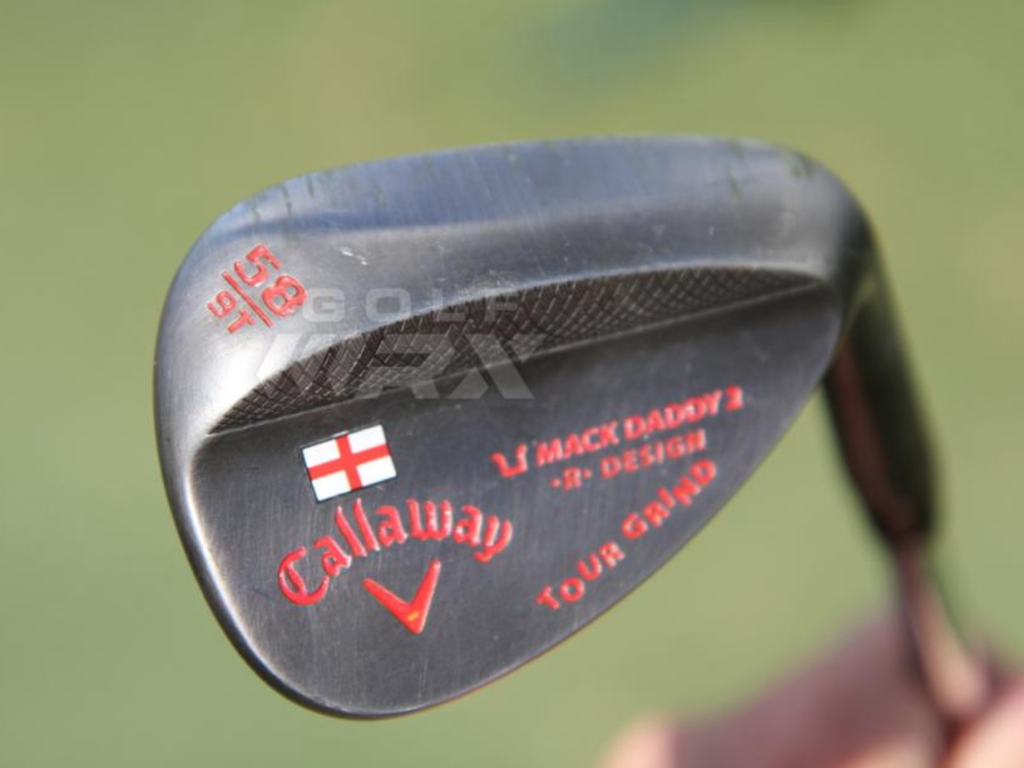
Driver: Callaway XR 16 (9 degrees)
Shaft: Mitsubishi Rayon Diamana W-Series 60 X
Length: 45.5 inches
3-wood: Callaway XR 16 (15 degrees)
Shaft: Mitsubishi Rayon Diamana W-Series 70X
5-wood: Callaway XR 16 (19 degrees)
Shaft: Mitsubishi Rayon Diamana W-Series 80X
Irons: Callaway Apex UT (2, 4), Callaway Apex Pro (5-9)
Shaft: True Temper Dynamic Gold X100 Superlite
Wedges: Callaway Mack Daddy 2 (47-11 S-Grind) Callaway Mack Daddy 2 Tour Grind (54-11, 58-9)
Shaft: True Temper Dynamic Gold X100 Superlite
Putter: Odyssey Versa #1 Wide (WBW)
Lie angle: 71 degrees
Ball: Callaway Speed Regime SR-3
Check out more photos of Willett’s equipment from 2016 here.
- LIKE3
- LEGIT0
- WOW1
- LOL0
- IDHT0
- FLOP0
- OB0
- SHANK0
Equipment
Project X Denali Blue, Black shaft Review – Club Junkie Review
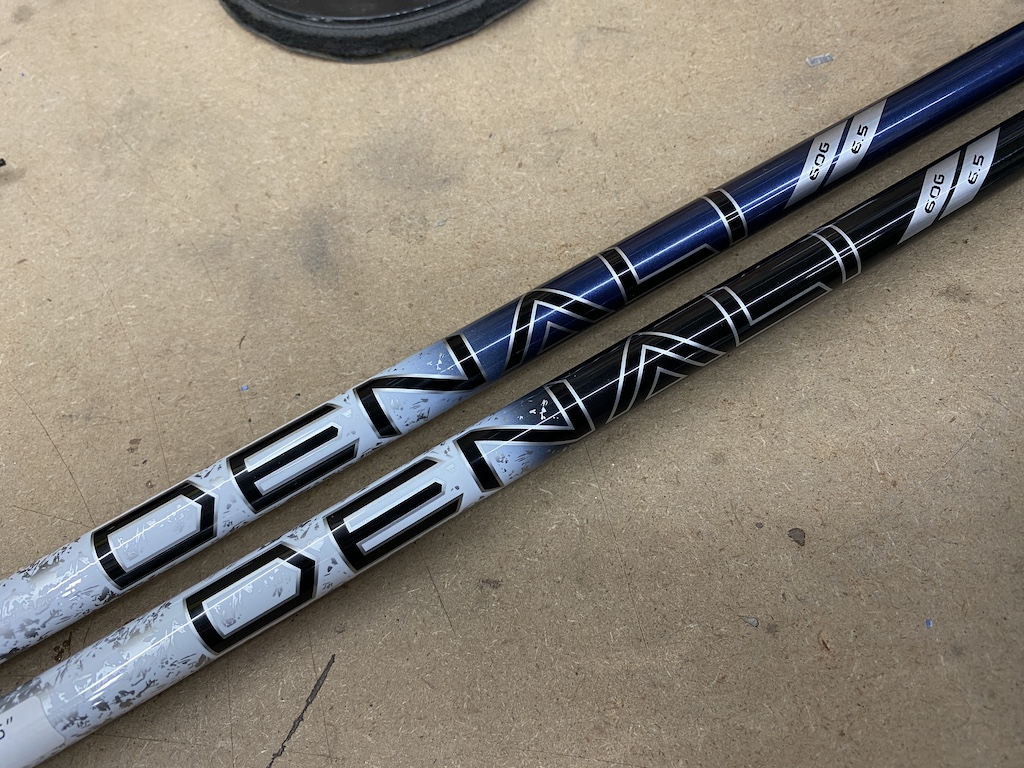
Originally, Project X was known for low-spin steel iron shafts. However, the company might now be known for wood shafts. Denali is the newest line of graphite shafts from Project X. With the Denali line, the company focuses on feel as well as performance.
There are two profiles in the Denali line, Blue and Black, to fit different launch windows. Denali Blue is the mid-launch and mid-spin profile for players who are looking for a little added launch and Denali Black is designed for low-launch and low-spin. Both models are going to offer you a smooth feel and accuracy.
For a full in-depth review check out the Club Junkie podcast on all podcast streaming platforms and on YouTube.
Project X Denali Blue
I typically fit better into mid-launch shafts, as I don’t hit a very high ball so the Denali Blue was the model I was more excited to try. Out of the box, the shaft looks great and from a distance, it is almost hard to tell the dark blue from the Denali Black. With a logo down install of the shaft, you don’t have anything to distract your eyes, just a clean look with the transition from the white and silver handle section to the dark navy mid and tip.
Out on the course, the Blue offers a very smooth feel that gives you a good kick at impact. The shaft loads easily and you can feel the slightly softer handle section compared to the HZRDUS lineup. This gives the shaft a really good feel of it loading on the transition to the downswing, and as your hands get to impact, the Denali Blue keeps going for a nice, strong kick.
Denali Blue is easy to square up at impact and even turn over to hit it straight or just little draws and most of the flex of the shaft feels like it happens right around where the paint changes from silver to blue. The Blue launches easily and produces what I consider a true mid-flight with the driver. While it is listed as mid-spin, I never noticed any type of rise in my drives. Drives that I didn’t hit perfectly were met with good stability and a ball that stayed online well.
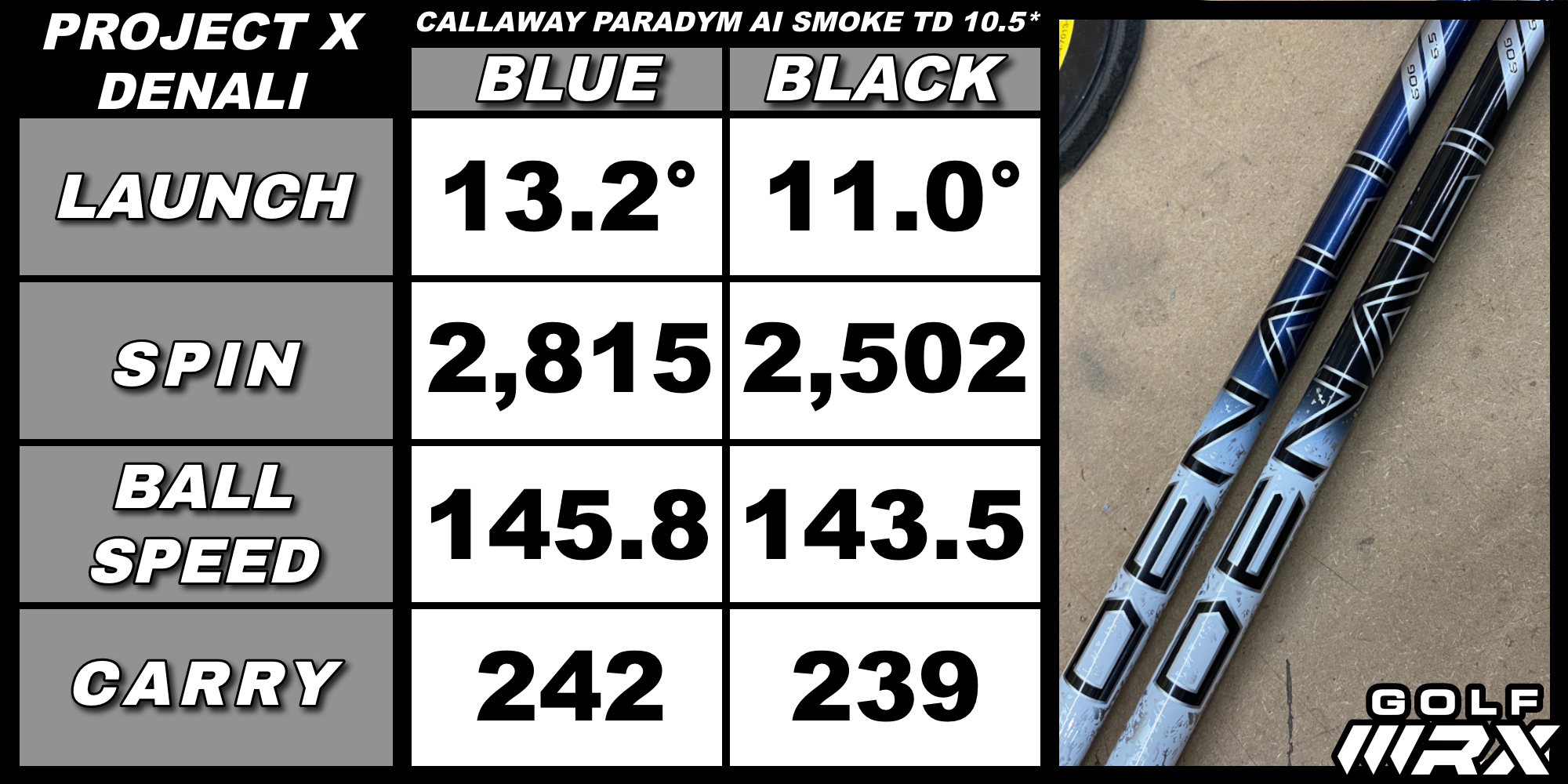
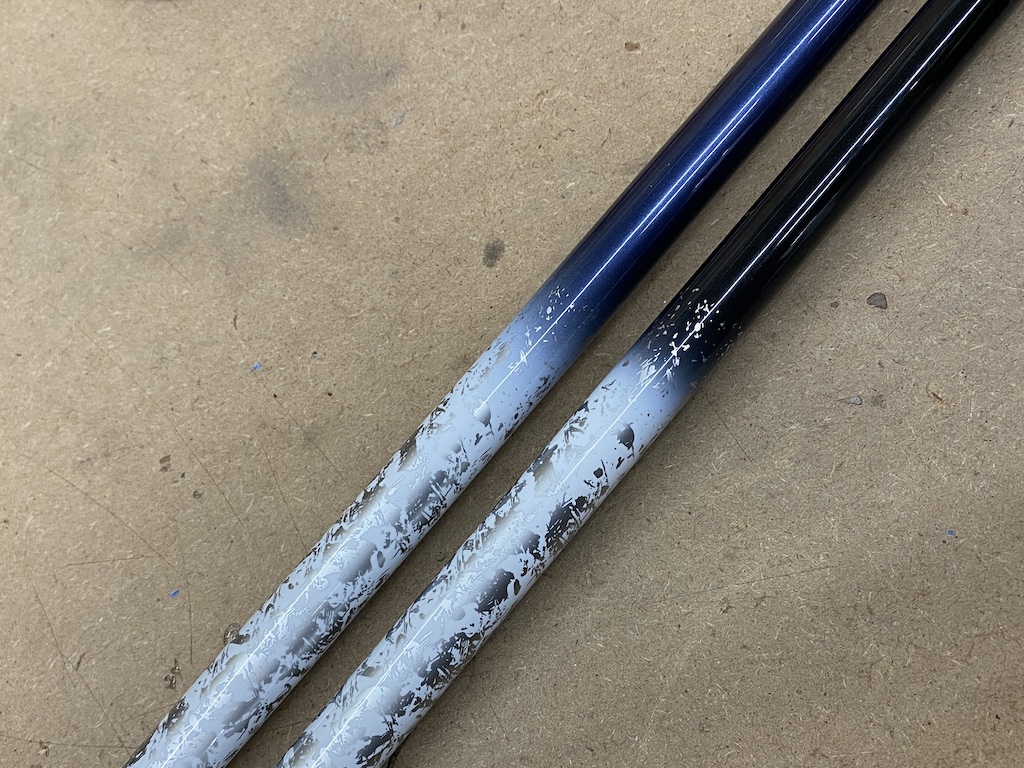
Project X Denali Black
When you hold the Denali Black in your hands you can tell it is a more stout shaft compared to its Blue sibling by just trying to bend it. While the handle feels close to the Blue in terms of stiffness, you can tell the tip is much stiffer when you swing it.
Denali Black definitely takes a little more power to load it but the shaft is still smooth and doesn’t give you any harsh vibrations. Where the Blue kicks hard at impact, the Black holds on a little and feels like keeps you in control even on swings that you try and put a little extra effort into. The stiff tip section also makes it a little harder to square up at impact and for some players could take away a little of the draw from their shot.
Launch is lower and more penetrating compared to the Blue and produces a boring, flat trajectory. Shots into the wind don’t rise or spin up, proving that the spin stays down. Like its mid-launch sibling, the Black is very stable and mishits and keeps the ball on a straighter line. Shots low off the face don’t get very high up in the air, but the low spin properties get the ball out there farther than you would expect. For being such a stout shaft, the feel is very good, and the Denali Black does keep harsh vibrations from your hands.
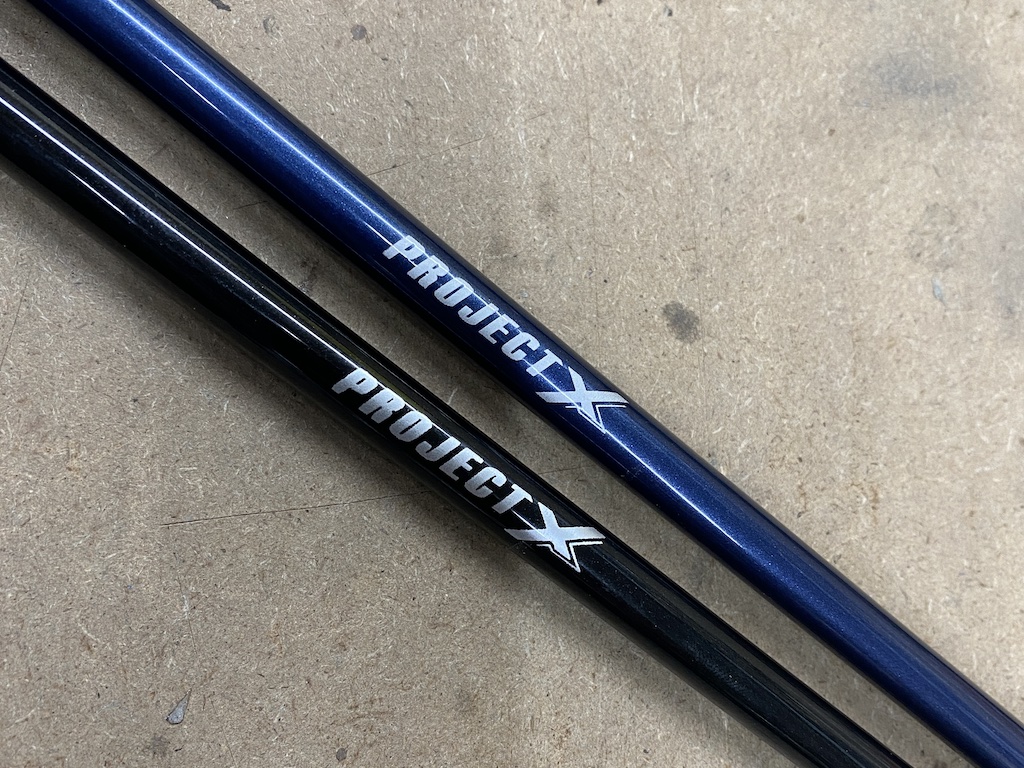
Overall the Project X Denali Blue and Black are great additions to the line of popular wood shafts. If you are looking for good feel and solid performance the Denali line is worth trying out with your swing. Choose Blue for mid-launch and mid-spin or Black for lower launch and low spin.
- LIKE3
- LEGIT2
- WOW2
- LOL0
- IDHT0
- FLOP0
- OB0
- SHANK0
Equipment
What we know about Bryson DeChambeau’s 3D-printed Avoda irons
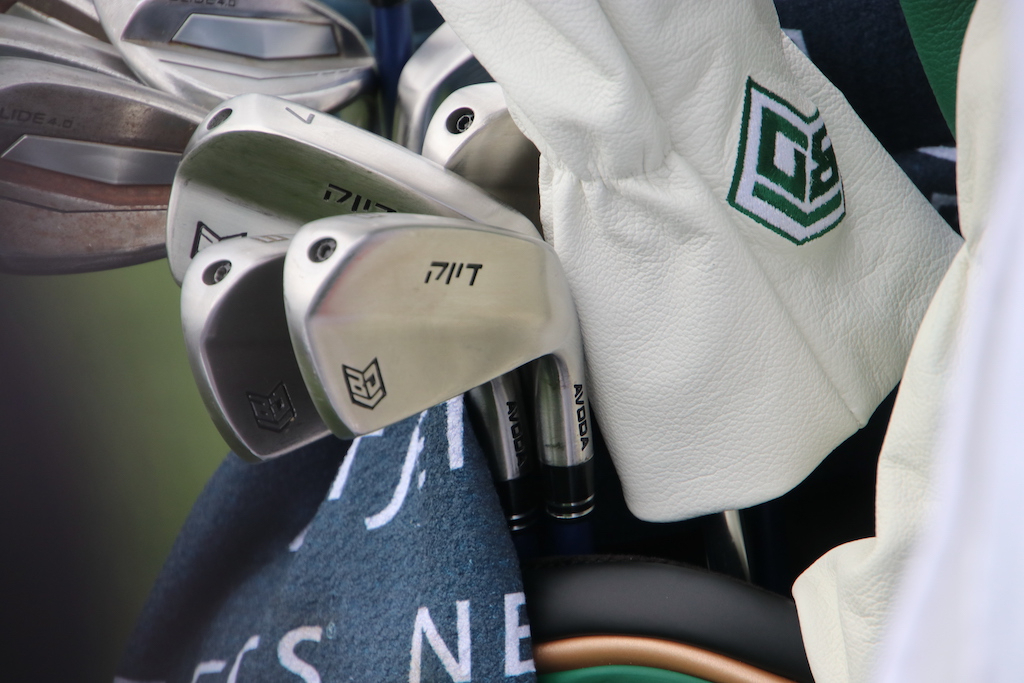
Bryson DeChambeau fired an opening-round 7-under 65 at Augusta National, hitting an impressive 15 of 18 greens in regulation in the process. Golf’s mad scientist’s play grabbed headlines and so too did his equipment. In place of the Ping i230 irons he had in the bag last week for LIV Golf’s Miami event, DeChambeau is gaming a prototype 5-PW set of irons from little-known direct-to-consumer manufacturer Avoda.
What is Avoda Golf?
Founded by Tom Bailey, also a Mike Schy student like Bryson DeChambeau, Avoda Golf is a direct-to-consumer golf equipment company that currently manufactures both single and variable-length irons in one model that are available for pre-order.
What irons is Bryson DeChambeau playing?
Per multiple reports, DeChambeau is playing a custom-designed set of single-length irons that incorporate bulge and roll into the face design. The two-piece 3D-printed irons were reportedly only approved for play by the USGA this week, according to Golfweek’s Adam Schupak.
Regarding the irons, DeChambeau told Golf Channel the irons’ performance on mishits was the determining factor in putting them in play this week. “When I mishit on the toe or the heel,” DeChambeau said. “It seems to fly a lot straighter for me and that’s what has allowed me to be more comfortable over the ball.”
What can we tell about the design of the clubs?
These days, it is a little hard to speculate on what is under the hood with so many hollow body irons. DeChambeau’s irons look to be hollow on the lower section as they do flare back a decent amount. That “muscle” on the back also looks to be fairly low on the iron head, but we can assume that is progressive through the set, moving up higher in the short irons.
A screw out on the toe is probably used to seal up the hollow cavity and used as a weight to dial in the swing weight of the club. From pictures, it is hard to tell but the sole looks to have a little curve from heel to toe while also having some sharper angles on them. A more boxy and sharper toe section looks to be the design that suits Bryson’s eye based on the irons he has gravitated toward recently.
What are bulge and roll, again?
Two types of curvature in a club face, traditionally incorporated only in wood design. Bulge is heel-toe curvature. Roll is crown-sole curvature. Both design elements are designed to mitigate gear effect on off-center strikes and produce shots that finish closer to the intended target line. (GolfTec has an excellent overview of bulge and roll with some handy GIFs for the visual learner)
What else is in DeChambeau’s bag?
Accompanying his traditional Sik putter, Bryson builds his set with a Ping Glide 4.0 wedges, a Krank Formula Fire driver and 5-wood, and a TaylorMade BRNR Mini Driver, all with LA Golf graphite shafts.
- LIKE107
- LEGIT37
- WOW28
- LOL14
- IDHT8
- FLOP8
- OB9
- SHANK20
-

 19th Hole3 days ago
19th Hole3 days agoDave Portnoy places monstrous outright bet for the 2024 Masters
-

 19th Hole3 weeks ago
19th Hole3 weeks agoJohn Daly stuns fans into silence with brutal opening tee shot on PGA Tour Champions
-

 19th Hole2 weeks ago
19th Hole2 weeks agoThings got heated at the Houston Open between Tony Finau and Alejandro Tosti. Here’s why
-

 19th Hole5 days ago
19th Hole5 days agoTiger Woods arrives at 2024 Masters equipped with a putter that may surprise you
-

 19th Hole1 week ago
19th Hole1 week agoReport: Tiger Woods has ‘eliminated sex’ in preparation for the 2024 Masters
-

 19th Hole3 weeks ago
19th Hole3 weeks agoCharlie Woods finds it tough going on American Junior Golf Association debut
-

 19th Hole2 weeks ago
19th Hole2 weeks agoAddiction, spinal fusion, and scam artists – Everything Anthony Kim revealed in candid interview with David Feherty
-

 19th Hole1 week ago
19th Hole1 week agoAnthony Kim says doctors told him that he ‘may not have much time left’ ahead of LIV return



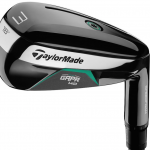
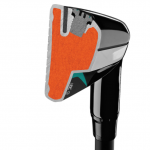
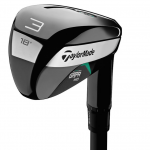

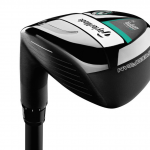



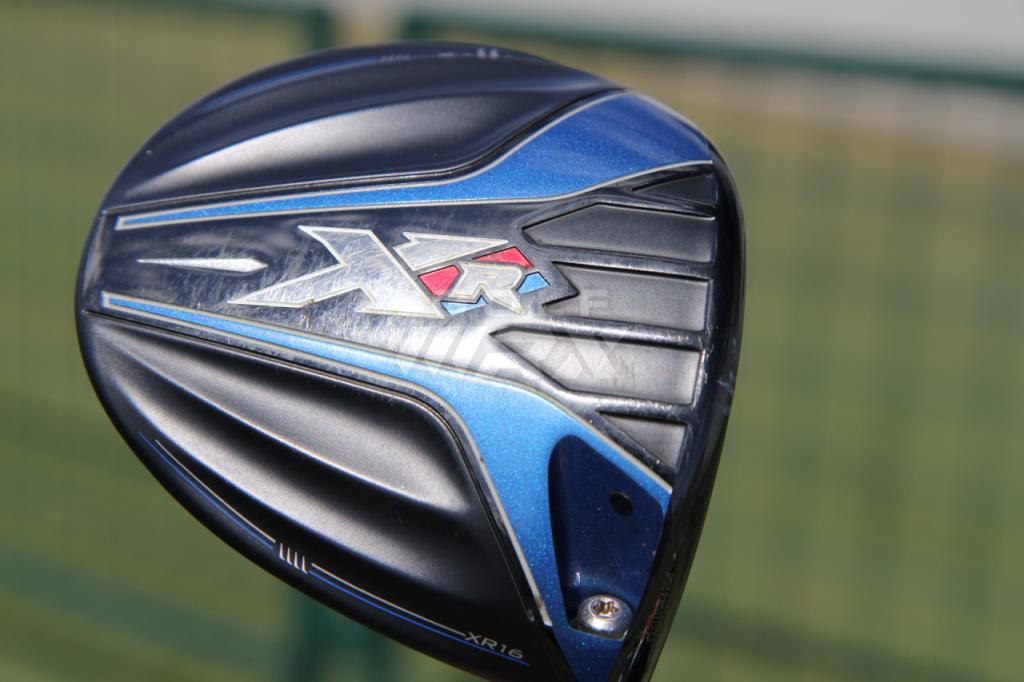
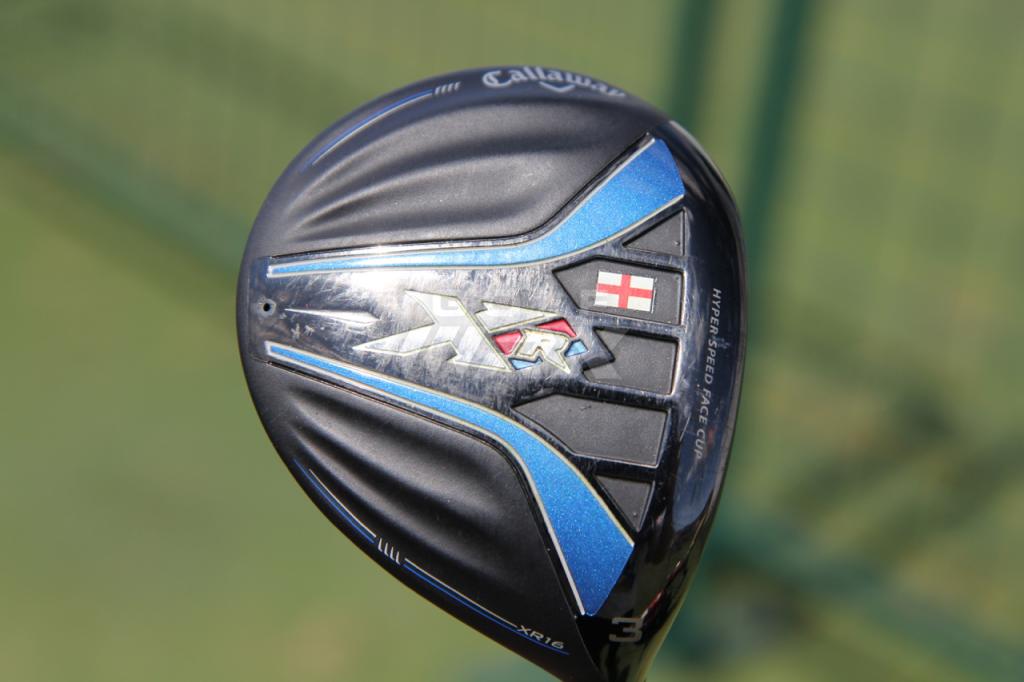

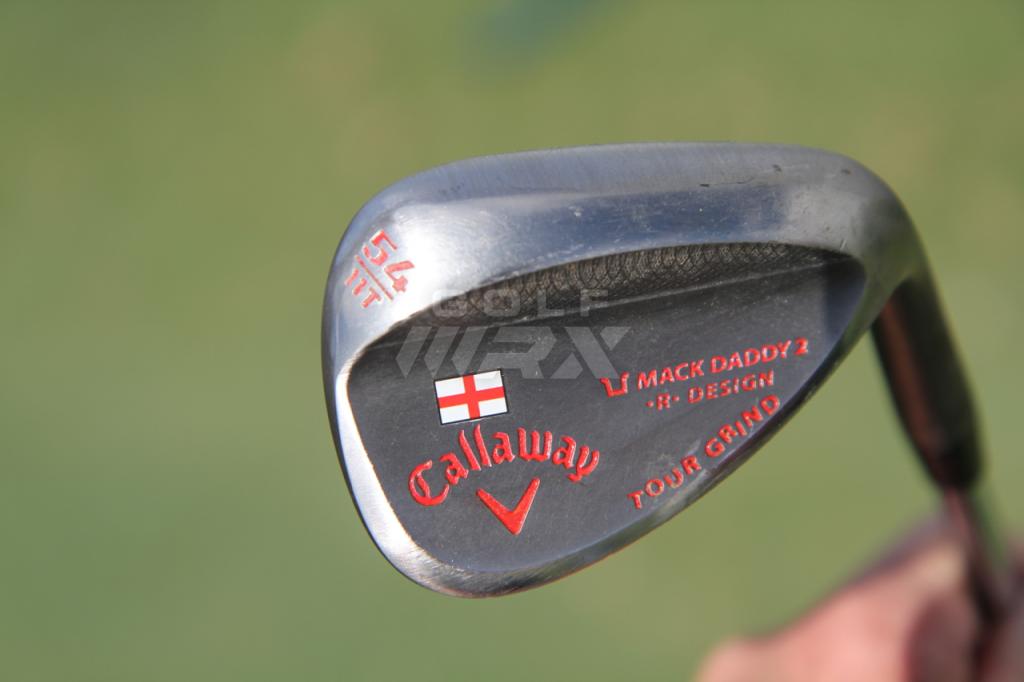
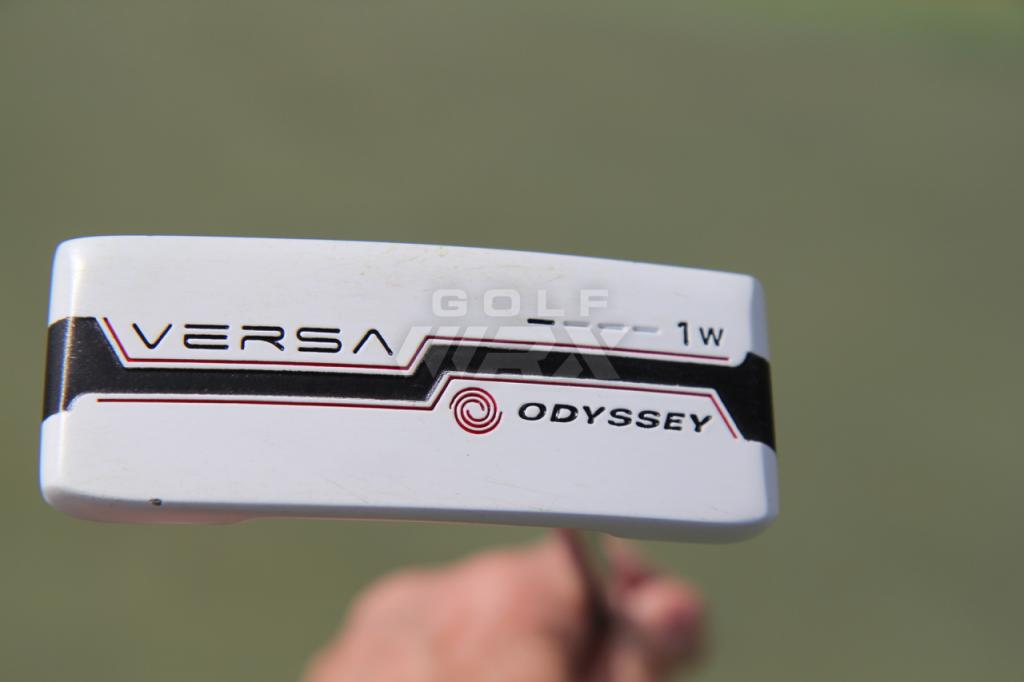














KC
Nov 11, 2021 at 10:06 am
I have purchased the GAPR Lo 2 and it is amazing. The club has a smaller head which I like, the profile at address is very reasonable. The feel off the club face is slightly deadened but still very acceptable. The most amazing part is, I can’t seem to miss the center of the club face with it. Believe me I am very capable of missing the sweet spot on most clubs but this seems to square itself on every shot and the ball goes a mile. On what I consider poor swings, it still travels a very respectable distance.
Tom
Aug 29, 2018 at 10:37 pm
The hollow GAPR is filled with some kind of gooper? WOW!
JR
Jul 26, 2018 at 3:53 am
TM contradict themselves with every new release. Hybrids were supposed to be the cure for those who struggle with long irons. Now we have this eyesore for those who struggle with hybrids?! If you can’t play long irons or hybrids then you aren’t going to fare any better with this – better to spend the money on some coaching.
Jim McPherson
Aug 11, 2018 at 1:05 pm
That doesn’t sell clubs to the sheeple though!!! Lessons are for morons that don’t want manufacturers to get rich. Where would these executives get their huge bonuses from if we all paid for lessons?
Mat
Jul 23, 2018 at 11:02 pm
Who “struggles” with a 9-wood?
GC
Jul 18, 2018 at 12:04 pm
Their marketing team needs to be fired. GAPR? really? Twistface? c’mon man
Don
Jul 31, 2018 at 5:18 pm
“RocketBallz”
Jim McPherson
Jul 18, 2018 at 2:01 am
WTF does GAPR mean? Gap Rescue? Is it an acronym for something?
Either way, it’s ugly. Should’ve kept it looking like the 790.
And TM says players have a tough time with anything past a 5 iron and struggle with hybrids. Yet the GAPR Hi looks just like a hybrid! So why is this hybrid better than any other hybrid?
commoner
Jul 17, 2018 at 4:06 pm
Carnival barking with no shame. Simply cannot see an 8 to 16 handicapper getting what he hopes for from this stick. For this group, nowhere is it explained the source of this wand’s magic that makes others inferior and obsolete.
Max
Jul 17, 2018 at 11:16 am
“Everything I need to know….” except what they look like at address.
Rand
Jul 17, 2018 at 10:15 am
“TaylorMade has found that most golfers are “not very good” with irons higher than a 5-iron and … struggle with … hybrid-style clubs.”
So TM came up with two long irons and a hybrid to solve that problem. TM Marketing at its finest. Lol
Man
Jul 17, 2018 at 3:35 am
No Twist Face on the GAPR Hi? Why not? Perfect opportunity to put one in, if it has bulge and roll. Why didn’t they?
Evan
Jul 19, 2018 at 1:49 pm
Bingo!
Geohogan
Aug 16, 2018 at 11:49 am
Twist face will be next marketing blitz (pronounced “suckers”) in 2019.
Fingers
Jul 17, 2018 at 1:57 am
I feel like Taylormade has become “that guy” at the party that doesnt stop talking and when they realize nobody is listening they just start yelling louder.
saveva
Jul 16, 2018 at 11:18 pm
“TaylorMade has found that most golfers are “not very good” with irons higher than a 5-iron and … struggle with … hybrid-style clubs.” So to solve this problem we developed “long driving style irons” called GAPR lo and GAPR mid and a “hybrid-style club” called the GAPR Hi but they aren’t long irons or hybrids, they are GAPRs so no more problems.
Man
Jul 17, 2018 at 3:35 am
Yeah so? What’s the problem?
DB
Jul 17, 2018 at 8:42 am
To be fair, what do you expect them to come up with? If they are saying players struggle with traditional long irons and also hybrid-style clubs, then it does make sense that another choice would be a high-tech driving-style long iron. It’s basically a “hybrid” between hybrids and long irons.